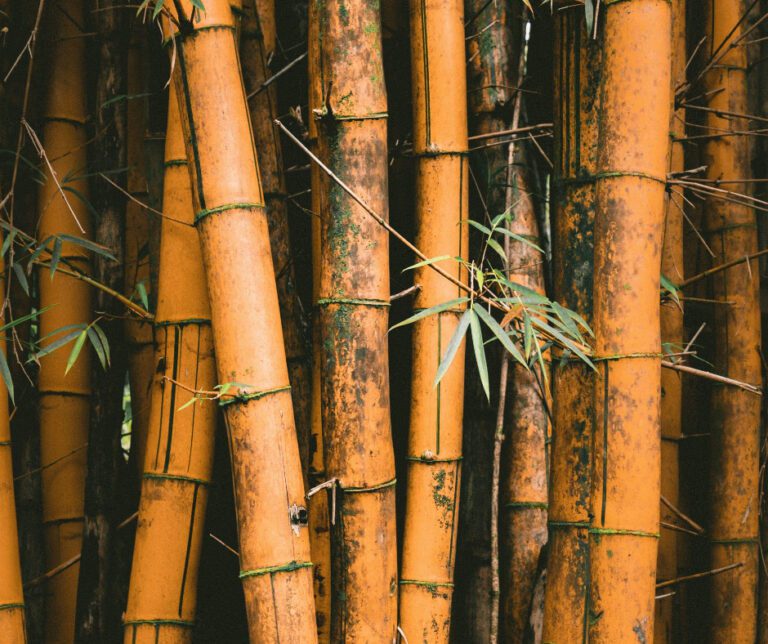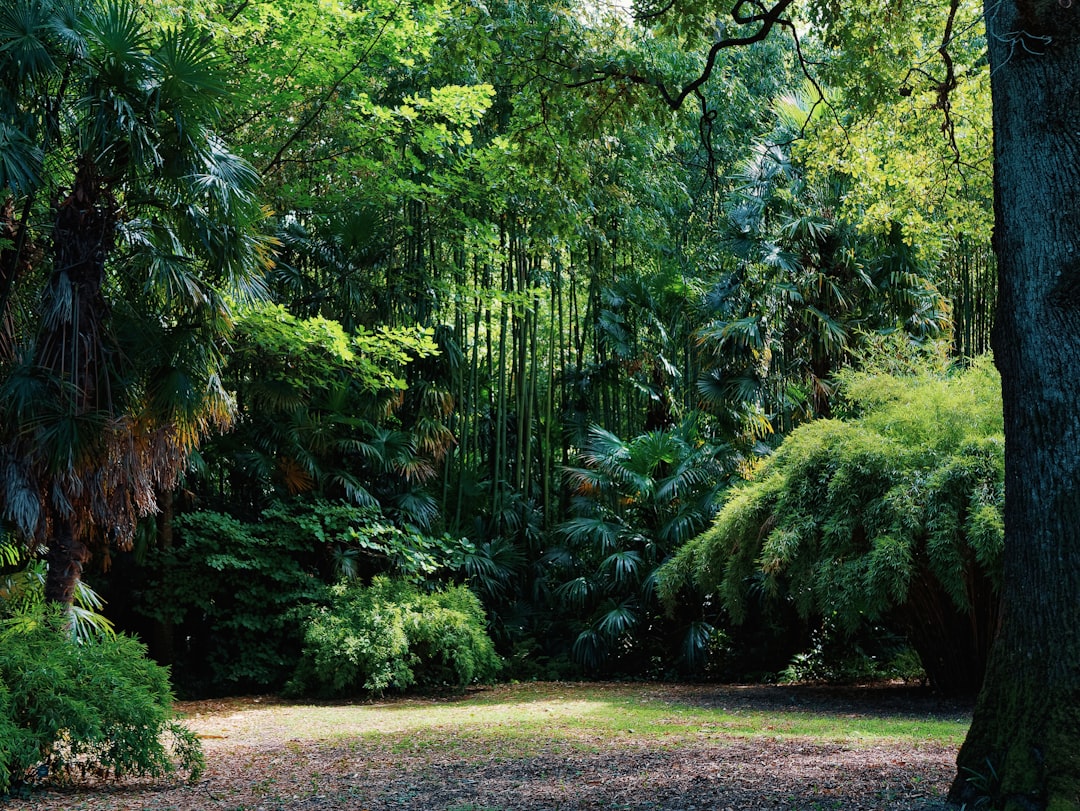Ensuring a Sustainable Diet for Giant Pandas Through Eco-Friendly Bamboo Cultivation

Today at Bamboo Grove, we are focusing on the importance of cultivating bamboo for pandas, the challenges they face due to bamboo dependence, reforestation efforts to ensure a bamboo supply, cultivating bamboo in challenging environments, factors influencing bamboo intake by pandas, and the importance of sustainable bamboo cultivation for the future.
The Importance of Bamboo in the Diet of Giant Pandas
Bamboo is a critical component of a giant panda’s diet, constituting a remarkable 99% of their food intake. This reliance on bamboo is due to the unique dietary preferences and digestive capabilities of pandas. Despite the relatively low nutritional value of bamboo, it provides essential nutrients and fiber that are vital for the well-being of these iconic bears. For instance, bamboo offers pandas crucial proteins, carbohydrates, and micronutrients necessary for their survival and health.
The specialized digestive system of giant pandas has evolved to efficiently process bamboo. Pandas possess gut microbiota that aid in breaking down the tough plant material, allowing them to extract nutrients effectively. This digestive adaptation enables pandas to thrive on a bamboo-centric diet, showcasing their remarkable evolutionary resilience and biological specificity. The ability to derive sustenance from bamboo highlights the intricate ecological relationship between pandas and their primary food source, underscoring the significance of bamboo in sustaining these beloved creatures in the wild and in captivity.
In addition to serving as a staple food source, different species of bamboo offer various nutritional benefits to giant pandas. These diverse bamboo species not only provide essential nutrients but also contribute to the overall health and dietary balance of pandas. For instance, specific bamboo varieties may be richer in certain vitamins or minerals, supplementing the pandas’ nutritional requirements and promoting their general well-being. The variety in bamboo species consumed by giant pandas underscores the complexity of their dietary needs and the importance of maintaining a diverse bamboo ecosystem to support the health of these magnificent animals.
Challenges Faced by Pandas Due to Bamboo Dependence
Giant pandas heavily rely on bamboo for their sustenance, but this dependence comes with various challenges. Human activities, such as deforestation and urbanization, pose a significant threat to panda habitats, leading to habitat loss and fragmentation. As a result, the availability of bamboo, which constitutes 99% of a panda’s diet, is severely impacted, endangering the survival of these iconic creatures. The encroachment of human development into panda habitats not only diminishes the area where bamboo can naturally grow but also disrupts the pandas’ ability to access different bamboo species critical for their nutrition.
Furthermore, the natural life cycle of bamboo presents additional hurdles for giant pandas. The periodic flowering and subsequent die-off phases of bamboo can trigger food shortages in the wild, affecting the pandas’ primary food source. During these phases, bamboo forests may not provide an adequate supply of fresh shoots and leaves, forcing pandas to search for alternative food sources or face the risk of starvation. In captive settings, where pandas are reliant on human caretakers for their diet, managing bamboo intake becomes crucial. Without proper oversight, captive giant pandas can experience health issues related to their nutrition, highlighting the importance of ensuring a balanced and varied bamboo diet to meet their dietary requirements and overall well-being. The intricate balance between bamboo availability, habitat preservation, and dietary management is essential for the conservation of the beloved giant panda species.
Reforestation Efforts to Ensure Bamboo Supply
Sustainable bamboo reforestation projects play a crucial role in ensuring a consistent and abundant food supply for giant pandas. Initiatives supported by organizations like Pandas International focus on replanting bamboo in areas where natural bamboo forests have been depleted or damaged, such as the aftermath of the 2008 earthquake in China’s Sichuan province. By strategically selecting and cultivating specific species of bamboo that are preferred by pandas, these reforestation efforts aim to not only provide food for the pandas but also to recreate a natural habitat that supports their physical and behavioral needs.
One remarkable example of the impact of bamboo reforestation can be seen in the Wolong Nature Reserve, where five different types of bamboo were carefully chosen and planted to sustain the local panda population. By mimicking the diverse bamboo species that pandas would consume in the wild, these reforestation projects contribute to the overall health and well-being of both captive and wild pandas. Moreover, the benefits extend beyond the pandas themselves. The restoration of bamboo forests enhances the biodiversity of the ecosystem, creating a healthier environment for various plant and animal species. Additionally, by involving local communities in the reforestation efforts, these projects offer economic opportunities and promote conservation awareness, fostering a sustainable balance between human activities and wildlife preservation.
Cultivating Bamboo in Challenging Environments
Cultivating bamboo in freezing temperatures for giant pandas at Ahtari Zoo in Finland is a remarkable feat achieved by Finnish farmers. Despite the harsh weather conditions, these farmers have shown ingenuity and dedication in growing bamboo to cater to the dietary needs of the pandas. This exceptional initiative not only ensures a backup food source for the pandas in case of import disruptions but also highlights the importance of sustainable practices in conservation efforts.
Ahtari Zoo’s bamboo cultivation project is led by agricultural advisor Jari Luokkakallio, who oversees the specialized techniques required to grow bamboo in extreme cold weather. The local farmers, numbering around 50, joined the project in 2016, facing the challenges posed by the sub-zero temperatures of the Finnish climate. Through their collective efforts and expertise, they have managed to establish a thriving bamboo production that serves as a vital resource for the zoo’s pandas, such as Hua Bao and Jin Baobao, also known as Pyry and Lumi, who made their debut in Northern Europe in 2018. This initiative not only benefits the pandas’ nutrition but also brings pride and joy to the local community and their families, showcasing the positive impact of such projects beyond the scope of conservation.
Factors Influencing Bamboo Intake by Pandas
Bamboo intake by pandas is influenced by various factors that play a crucial role in their nutrition and overall well-being. One significant factor is the slope orientation where bamboo grows, as pandas tend to prefer bamboo from sunny or semi-sunny slopes. This preference indicates that the quality and quantity of sunlight received by the bamboo plants impact their nutritional content, which, in turn, affects the pandas’ choice of food sources. For example, bamboo grown on sunny slopes may have different nutrient levels compared to those on shaded slopes, leading pandas to selectively feed based on their nutritional needs.
Seasonal variation also plays a key role in determining the type of bamboo consumed by captive giant pandas. Throughout the year, the nutritional content of bamboo can change due to environmental factors like temperature, sunlight exposure, and precipitation. This variation influences the pandas’ dietary preferences, with different bamboo species being favored during specific seasons to meet their nutritional requirements. For instance, during the spring when bamboo shoots are abundant and rich in nutrients, pandas may consume more shoots compared to other times of the year when mature bamboo culms are more readily available.
Effective management of feeding behavior is essential to ensure optimal panda nutrition and health. Factors such as bamboo age and felling-feeding time need to be carefully considered to meet the dietary needs of captive pandas. Younger bamboo leaves, for example, are often preferred by pandas, highlighting the importance of offering a diverse range of bamboo species at different growth stages to cater to their preferences and nutritional requirements. By understanding and addressing these influencing factors, conservationists and researchers can enhance the well-being of captive pandas through tailored dietary plans and habitat management strategies.
Sustainable Bamboo Cultivation for the Future
Efforts to ensure a stable bamboo supply for giant pandas extend beyond immediate concerns and focus on sustainable cultivation practices that benefit both captive and wild populations. For instance, the selection of specific bamboo species for planting in reserves not only aims to replicate the pandas’ natural habitat and dietary preferences but also serves as a crucial step towards preserving biodiversity and restoring the ecosystem. By cultivating a variety of bamboo species preferred by pandas, conservationists and researchers contribute to the overall health of panda populations and the habitats they rely on for survival.
The collaborative nature of bamboo reforestation projects underscores the importance of partnerships between various stakeholders. For example, the involvement of conservation organizations, local communities, and researchers in these initiatives is essential for ensuring the long-term success of sustainable bamboo cultivation efforts. Through shared knowledge, resources, and expertise, these collaborative efforts not only secure a continuous and reliable bamboo food source for pandas but also create a network of support that benefits the broader conservation landscape. By working together towards a common goal of bamboo conservation, these stakeholders pave the way for a future where giant pandas can thrive in environments where their dietary needs are met sustainably and responsibly.
Few plants offer the strength and beauty that bamboo does. It is truly a plant of emmaculate design.
Learn More about the uses for bambooWe are dedicated to the promotion and use of bamboo throughout the world. Bamboo is a plant that offers limitless potential for the future. It offers us strength, sustainability, versatility, and a green alternative.


Bamboo Grove on Twitter
Bamboo Grove YouTube Channel
Moline, IL
info@bamboogrove.com